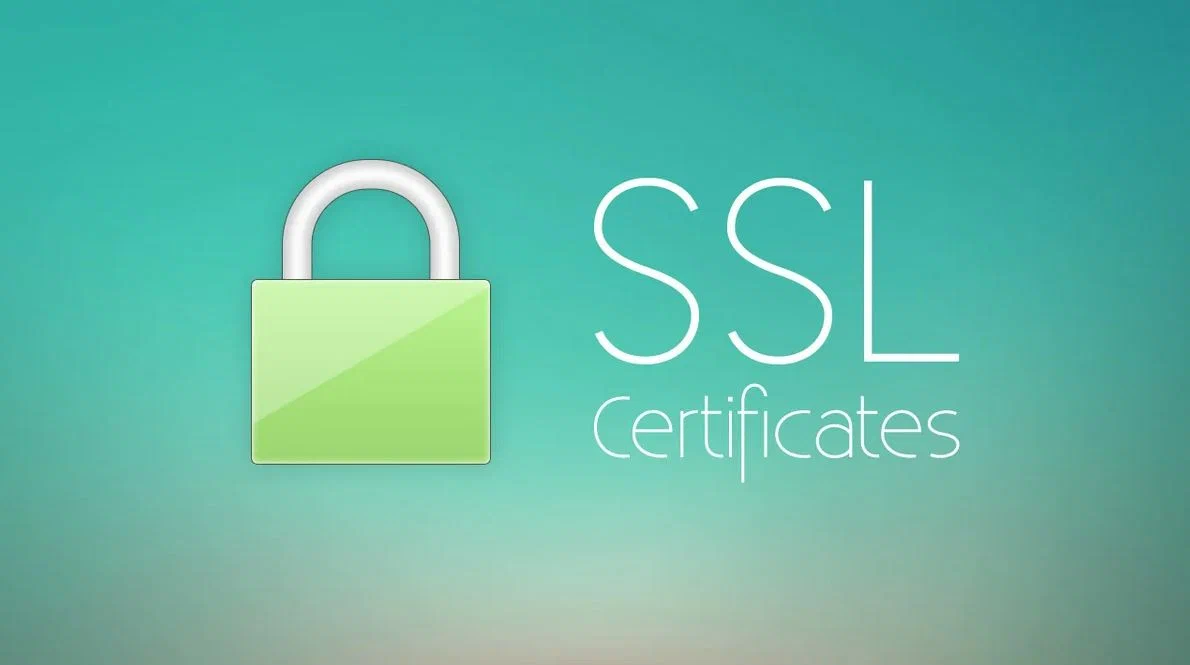Security is no longer optional — visitors expect privacy, and browsers now label insecure sites loudly. An SSL certificate (more correctly, a TLS certificate) is the standard tool that makes https:// possible: it encrypts data in transit, proves your site’s identity, and prevents tampering. This guide explains how SSL certificates work, the main certificate types, practical installation and troubleshooting steps, and why every website owner, developer, and e-commerce store needs one.
Quick snapshot — what an SSL/TLS certificate does
-
Encrypts traffic between a visitor’s browser and your server (passwords, payments, forms).
-
Authenticates your site so browsers can trust it’s the real owner of the domain.
-
Protects integrity so content can’t be modified in transit.
-
Enables HTTPS, improves user trust, and is a lightweight SEO signal.
Key phrases here you’ll see throughout: SSL encryption for websites, HTTPS security, install SSL certificate, SSL certificate for e-commerce, types of SSL.
How SSL/TLS works — the handshake in simple terms
When someone visits https://your-site.com, the browser and server perform a short “handshake” to agree on encryption keys and verify identity:
-
Connection request: Browser asks the server for a secure connection.
-
Certificate exchange: Server sends its SSL certificate (contains public key + issuer info).
-
Validation: Browser checks the certificate chain, expiration, domain match, and CA signature.
-
Key exchange: Browser encrypts a random secret with the server’s public key and sends it.
-
Shared session key: Server decrypts with its private key. Both sides derive a fast symmetric key for the session.
-
Encrypted session: All further data is encrypted with the session key (fast and secure).
This combines public-key cryptography (for identity & key exchange) and symmetric encryption (for fast data transfer). Modern TLS (1.2 / 1.3) optimizes and shortens this process so HTTPS is almost as fast as HTTP.
Types of SSL certificates — choose what fits your site
-
Domain Validated (DV) — Confirms you control the domain. Quick and often free (Let’s Encrypt). Ideal for blogs, informational sites.
-
Organization Validated (OV) — Confirms organization details too. Good for business sites that want more visible trust.
-
Extended Validation (EV) — Highest vetting. Historically displayed the company name in the browser; best for banks and large e-commerce sites seeking the strongest visible trust signals.
-
Wildcard SSL — Secures a domain and all its subdomains (e.g.,
*.example.com). Useful for many subdomains. -
Multi-Domain / SAN SSL — Secures several different domains in one certificate (e.g.,
example.com,shop.example.net). -
Self-signed — Not trusted by browsers; only for internal testing.
Tip: For most websites, a DV (Let’s Encrypt) or OV cert is sufficient. For payment-heavy sites, consider OV or EV plus PCI compliance measures.
Getting and installing a certificate — step-by-step (practical)
1. Decide certificate type and provider
You can use free options like Let’s Encrypt (automated DV), or paid CAs for OV/EV and warranties. Many hosts also sell and install certificates for you.
2. Generate a CSR and private key (example using OpenSSL)
Run on your server (keep the private key safe):
Submit the CSR to your CA or use an ACME client (Certbot) to automate.
3. Install certificate and chain
After CA issues the cert, install the certificate and the intermediate chain on your server (Nginx/Apache/CPanel). Example Nginx snippet:
4. Redirect HTTP → HTTPS
Add a 301 redirect to ensure visitors land on the secure URL and update canonical tags, sitemaps, and internal links.
5. Test the installation
Use SSL test tools or your browser to confirm no warnings, correct chain, and support for TLS 1.2/1.3.
Common SSL problems & fixes
-
Mixed content warnings: Some resources (images, scripts) still load over
http://. Fix all internal links tohttps://or use protocol-relative URLs. -
Expired certificate: Renew before expiry; automate renewal with ACME/Certbot or use managed SSL.
-
Wrong / missing intermediates: Install the CA bundle (full chain) — browsers need intermediates to validate the leaf certificate.
-
Domain mismatch: Certificate must include the exact domain (and
wwwif used). Use SAN certificates for multiple names. -
Browser warnings after migration: Clear caches or ensure HSTS isn’t misconfigured.
-
Performance concerns: Enable TLS 1.3, session resumption, and HTTP/2; TLS overhead is minimal with modern setups.
SSL for e-commerce and compliance
If you accept payments or process personal data, SSL is non-negotiable:
-
PCI-DSS requires encryption in transit for cardholder data.
-
SSL reduces the risk of data interception and builds customer trust during checkout.
-
Use strong ciphers, enforce HTTPS site-wide, and combine SSL with other controls (WAF, tokenized payments, server-side validation).
Pro tip: Pair SSL with secure payment gateways and ensure your checkout pages don’t load third-party scripts unnecessarily.
SEO, browser trust, and modern site features
-
SEO benefit: Google uses HTTPS as a positive ranking signal; secure sites may see a slight boost.
-
Browser behavior: Modern browsers mark non-HTTPS pages “Not secure,” which hurts conversions.
-
Feature access: Some browser APIs (service workers, geolocation) require secure contexts (HTTPS).
-
Performance: HTTP/2 or HTTP/3 over TLS often speeds up real-world page loads due to multiplexing and improved protocols.
Advanced recommendations & best practices
-
Prefer TLS 1.3 where possible for faster, more secure handshakes.
-
Enable HSTS (HTTP Strict Transport Security) after testing — it forces browsers to use HTTPS and prevents downgrade attacks. Start with a short
max-agethen increase. -
Use OCSP stapling to speed revocation checks and improve privacy.
-
Automate renewals (Let’s Encrypt ACME, Certbot) or use managed SSL to avoid expired certs.
-
Rotate keys periodically and store private keys in secure vaults (e.g., HashiCorp Vault, cloud KMS).
-
Monitor certificates for expiry and misconfiguration; set alerts.
Managed SSL vs DIY — which to choose?
-
DIY (ACME/Let’s Encrypt) — Free, automated, great for technical teams and simple sites. Requires server access and monitoring.
-
Managed SSL / Host-installed — Provider issues, installs, and renews certificates for you. Best for businesses that want support and fewer operational tasks. Many hosting companies bundle SSL with plans and offer OV/EV options.
If you prefer a managed route, choose a provider with transparent pricing, ACME support, and installation help.
Final checklist before you go live
-
Install certificate + full chain.
-
Redirect HTTP → HTTPS with 301.
-
Update canonical tags, sitemaps, analytics and CDN settings to HTTPS.
-
Test with SSL/TLS scanners and confirm no mixed content.
-
Automate renewals or set calendar reminders for manual renewals.
-
Consider HSTS and OCSP stapling after testing.
Closing note
An SSL certificate protects your users, preserves trust, and unlocks modern web features. Whether you use a free DV certificate for a personal site or OV/EV for a business or e-commerce store, the cost of setting up HTTPS is tiny compared to the risks of leaving data unprotected. If you’d like help with installation, certificate selection (DV/OV/EV/Wildcard/SAN), or managed SSL services, many hosting providers offer bundled options and support — a good choice when uptime and compliance matter.




Leave a Reply